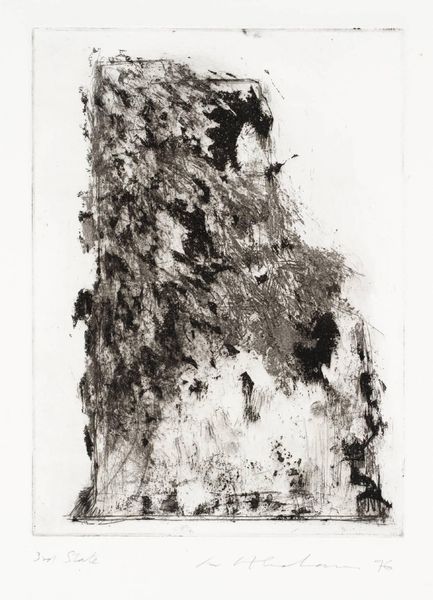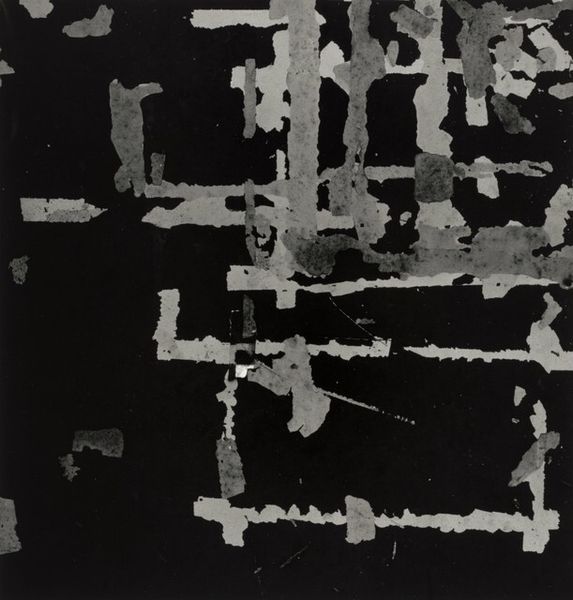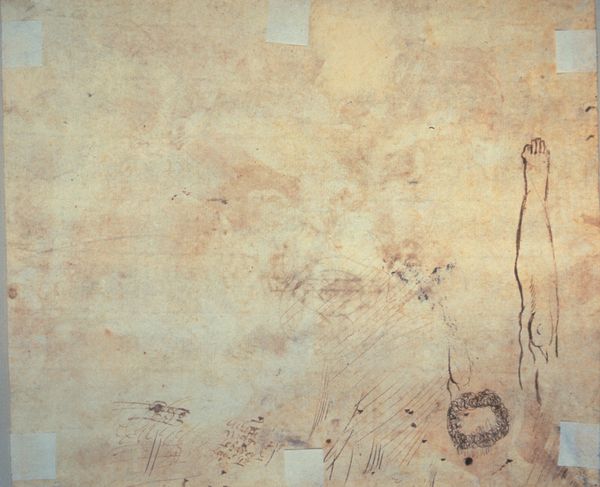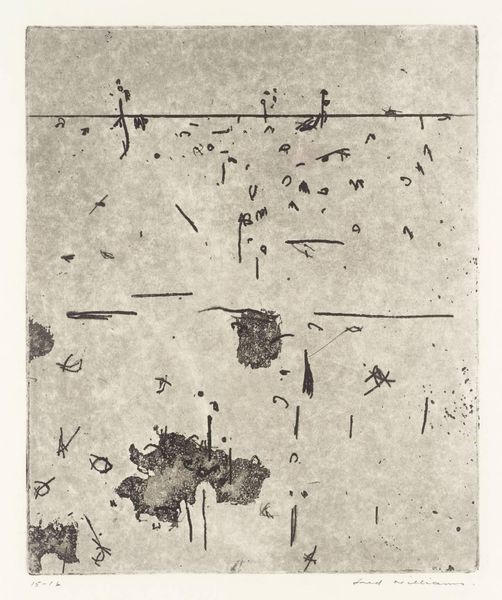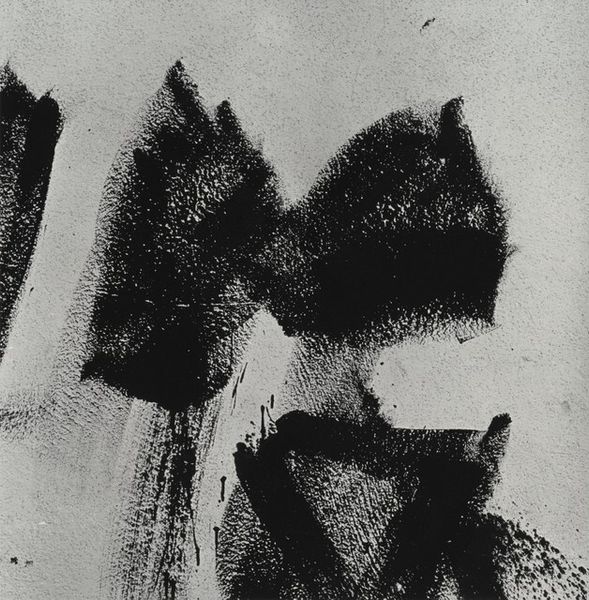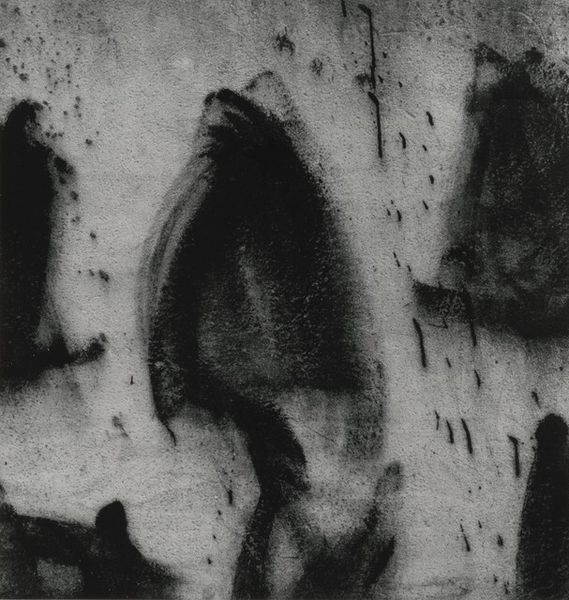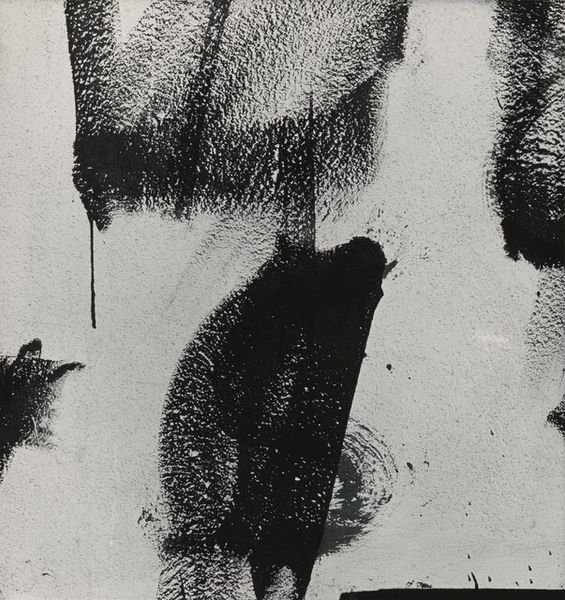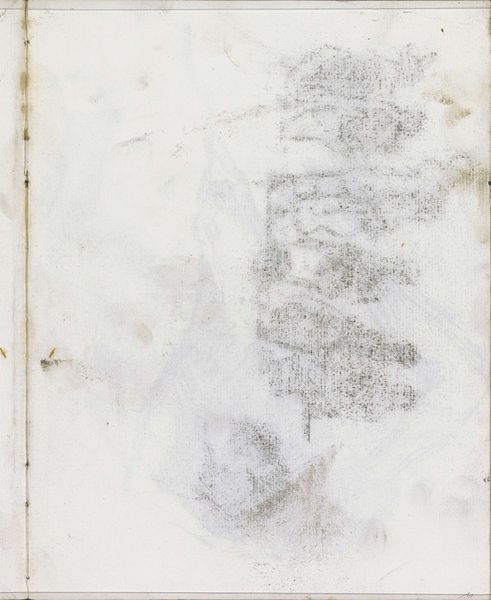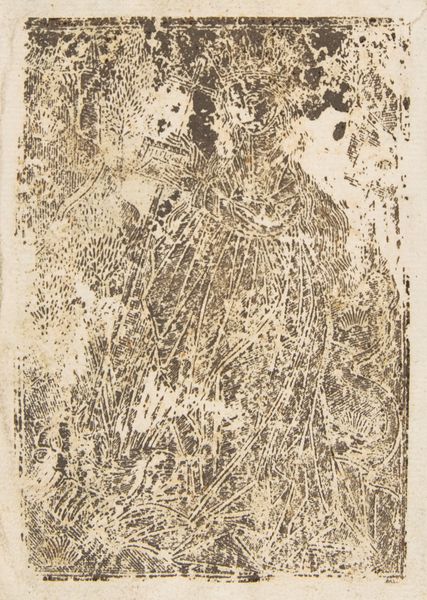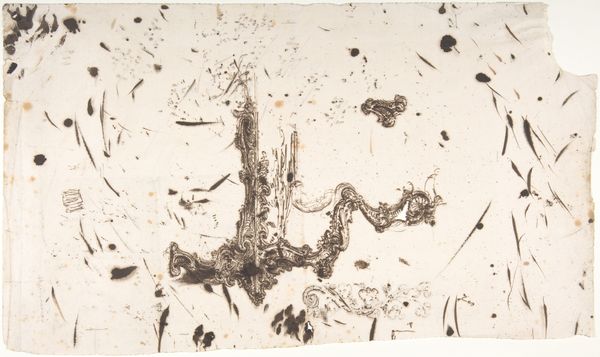
Dimensions: image: 25.4 × 25.08 cm (10 × 9 7/8 in.) sheet: 35.24 × 27.62 cm (13 7/8 × 10 7/8 in.)
Copyright: National Gallery of Art: CC0 1.0
Editor: So, here we have Aaron Siskind's "Iquitos 59," a gelatin silver print from 1980. I find it fascinating how something seemingly so… weathered can be so visually striking. What do you see in this piece, looking at it from a historical and cultural perspective? Curator: What strikes me is the artist’s decision to find abstraction in the everyday. Siskind was deeply engaged with Abstract Expressionism, and his photographic work from this period highlights the movement's influence beyond painting. He effectively reframes the urban landscape, challenging traditional notions of photography as purely representational. Consider how this fits within the larger societal shift toward embracing the abstract and subjective experience that marked the post-war era. What message about photography as a means of expression is he communicating here? Editor: I guess he’s liberating it, letting it be about the textures and forms, rather than documenting something specific. Does the location, Iquitos, Peru, add another layer? Curator: Absolutely. Iquitos, as a city situated in the Amazon, holds a particular position in global imagination – a space between modernity and "the wild". By isolating this textured surface and titling it with this specific location, Siskind hints at larger narratives around colonialism, exploration, and the Western gaze. How does the use of black and white contribute to this effect, do you think? Editor: The lack of color definitely pushes it towards the abstract. It also feels somehow… distant, like a relic of the past. Curator: Exactly. It encourages the viewer to consider the history embedded in this seemingly simple surface and the politics inherent in its photographic capture. This approach expands our appreciation for how art plays a crucial role in prompting public discussion about cultural perceptions. Editor: It’s amazing to realize how a photo of a weathered wall can open up such complex conversations! It makes me want to look more critically at the urban spaces around me. Curator: Indeed. By using photography in such a creative way, Siskind challenges us to find beauty and significance in unexpected places. He encourages us to rethink how imagery shapes, and reflects, society.
Comments
No comments
Be the first to comment and join the conversation on the ultimate creative platform.

